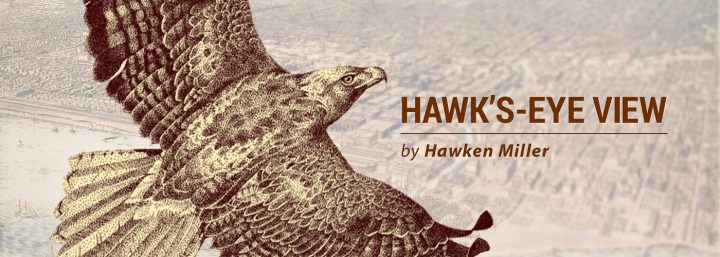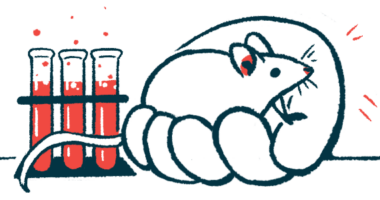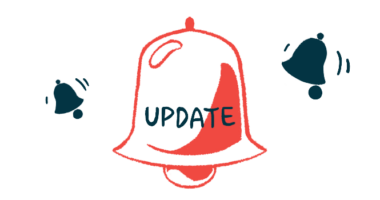Creativity Allows Me to Surpass Any Physical Limits

For a long time, I didn’t think journalism was a creative endeavor. I viewed the craft from an analytical perspective. After all, I was just recounting my firsthand experience publishing interviews and translating research. It wasn’t until recently — when I began reading the book “Creative Calling” by professional photographer Chase Jarvis — that my perspective changed. Most everything we do is creative, and embracing the human ability of imagination can help me cope with Duchenne muscular dystrophy (DMD).
Creativity is an innate gift that all of us share even though, like me, we often discount that portion of our brains. The first definition of creativity in the Merriam-Webster dictionary is the ability to “bring into existence.”
You are flexing your creative muscle whether you are writing an email, taking a photo on your iPhone, or brainstorming marketing ideas. Almost everything we do requires creativity and every device that makes our lives easier was thought up using it.
I didn’t think streaming video games was creative. That was reserved for the artistic people who made the software I was playing. But once I added in the idea of entertaining off the cuff, editing gameplay videos, and broadcasting it out to the world, I changed my mind.
It’s been a breakthrough for me to realize I’ve been creative all along. The next step is sharpening that part of me and continuing to put my brain to work. From my perspective, the beauty of creativity lies in the fact you can participate in it without exerting physical energy.
Math played an important role in developing Stephen Hawking’s Big Bang theory and discovering Hawking radiation (the 1974 theory was recently proved in a laboratory experiment) from black holes, but they both started with an imaginative idea that formed in his brain. And through it all, he was battling the grim diagnosis of ALS. That just goes to show one of the most creative-thinking theoretical physicists of our time didn’t need to be physically able.
In the same way, I don’t need to be physically able to write, edit, or stream. My muscles are affected by DMD, but thankfully my brain and capability for imagination are not. Beyond just being able to participate in something that makes us human, it also helps us fill our purpose as creative beings.
Another benefit of using our creative endowments, according to Jarvis’ book, is self-reliance.
“When we create, we give of ourselves freely, adding value and expecting nothing in return,” Jarvis wrote in “Creative Calling.” “To do it, we must tap into our true authentic self. This means that creativity is the process of learning to trust oneself.”
I live in a world that isn’t made for someone like me, but with creativity, I have the ability to make a world that surpasses all physical barriers.
***
Note: Muscular Dystrophy News is strictly a news and information website about the disease. It does not provide medical advice, diagnosis or treatment. This content is not intended to be a substitute for professional medical advice, diagnosis, or treatment. Always seek the advice of your physician or another qualified health provider with any questions you may have regarding a medical condition. Never disregard professional medical advice or delay in seeking it because of something you have read on this website. The opinions expressed in this column are not those of Muscular Dystrophy News or its parent company, Bionews Services, and are intended to spark discussion about issues pertaining to muscular dystrophy.






